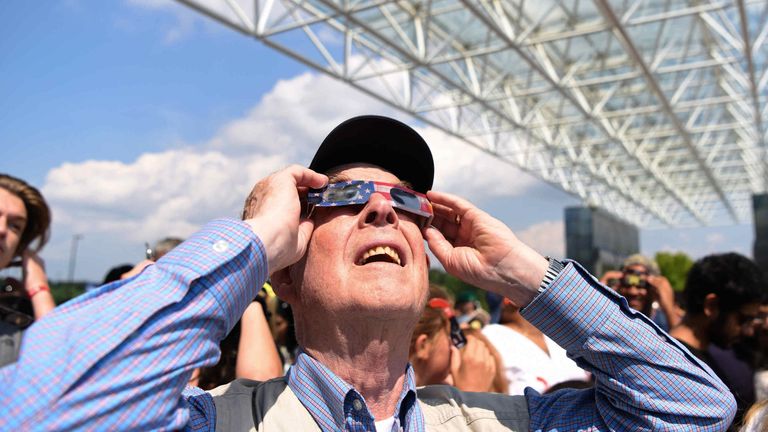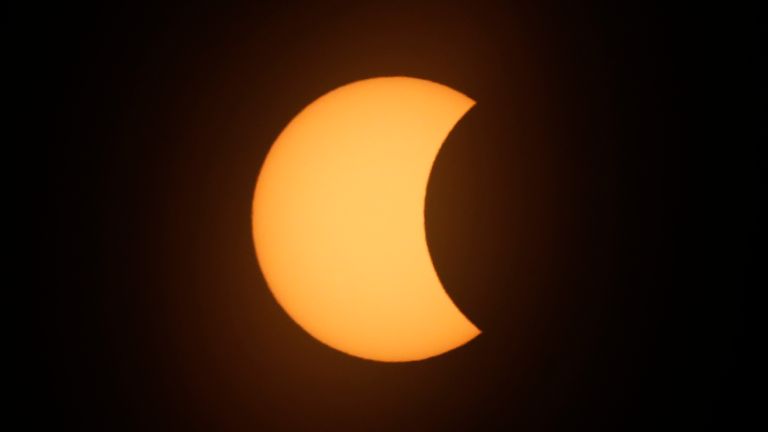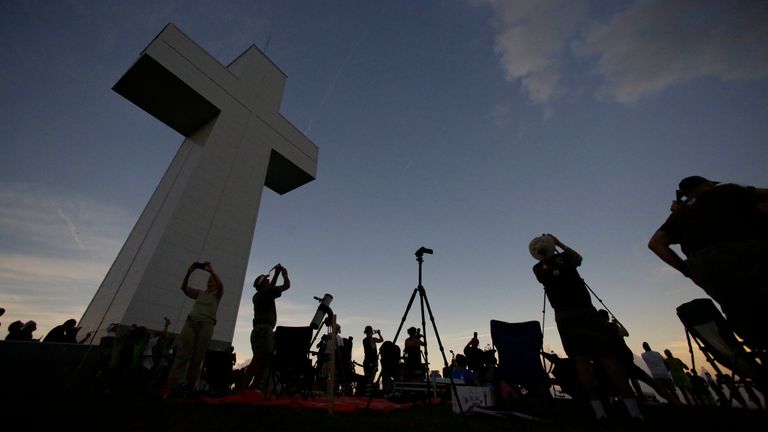
Total solar eclipse: can I see it from the UK? Why is this time unique?
By Surja | Published | No Comments
On April 8, a total solar eclipse will dazzle us Earthlings and has been described as “the greatest spectacle on our planet.”
On April 8, we’ll once again see the perfect alignment of the Earth, Sun and Moon – but where exactly is it visible from, and can I watch it from the UK? What’s so special about this solar eclipse?
Who will see it and when?
The United States, Mexico and Canada will be in the path of the total solar eclipse, meaning more than 31 million people in 15 states will see the sun obscured by the moon.
According to NASA, the first place in North America where people will be able to see the total solar eclipse will be on the Pacific coast of Mexico at approximately 11:07 a.m. PDT.
The path of the eclipse will then enter Texas and pass through Oklahoma, Arkansas, Missouri, Illinois, Kentucky, Indiana, Ohio, Pennsylvania, New York, Vermont, New Hampshire and Maine.
Small parts of Tennessee and Michigan will also experience a total solar eclipse, before the path shifts to southern Ontario, Quebec, New Brunswick, Prince Edward Island, and Cape Breto, Canada. Its last sighting would be in Newfoundland.
Is there any way to see it in the UK?
NASA said it will provide a live broadcast of the celestial event, providing telescopic images from multiple locations along the eclipse’s path.
You can watch it on NASA’s official YouTube channel or on its website here.
But according to TimeandDate.com, you can also witness a partial solar eclipse on the same day in the following UK cities:
- cardiff
- Edinburgh
- Glasgow
- leeds
- liverpool
- Manchester
According to the website, the partial solar eclipse will begin at 7.52pm (BST) and end at 8.51pm.
What exactly did people see during a total solar eclipse?
During this event, the sky will be as dark as dawn or dusk, and a halo will form around the sun when its light is blocked by the moon.
According to NASA, on a clear day, people along the eclipse’s path will see the Sun’s corona, or outer atmosphere, which is typically obscured by the Sun’s bright surface.
NASA urges viewers to wear specialized goggles during a solar eclipse because it is unsafe to look at the sun except at the moment it is completely obscured by the moon.
Chris Lintott, professor of astrophysics at the University of Oxford, told Sky News: “A total solar eclipse is one of nature’s most spectacular sights and can be very rare anywhere in the galaxy.”
“I get shivers down my spine every time,” he added.
Partial solar eclipses are known to make the sun look like it’s been bitten because the moon only covers part of the sun, rather than the entire sun.
Why is this so special?
This is a bit of an anomaly, as a total solar eclipse only occurs anywhere in the world once every 375 years, but people in Illinois will see a total solar eclipse for the second time in seven years.
21,000 people in Carbondale, Illinois, witnessed a total solar eclipse in August 2017, and now they will soon be able to see it again, which is extremely rare.
It’s earned the state a new nickname: America’s Eclipse Crossroads.
“Southern Illinois is considered a crossroads for U.S. solar eclipses because it was centered along the path of totality in 2017 and will be again in 2024,” the Illinois Department of Natural Resources said.
When will the UK next see a total solar eclipse? When was the last time?
By 2026, 90% of the country will see a partial solar eclipse, but the Channel Islands won’t see a total eclipse until 2081 and the southwest until 2090.
The last total solar eclipse seen in the UK was in 1999, which was spotted in parts of Cornwall and Devon. Unfortunately, clouds obscured it from view in most other places where it should have been found.
Total solar eclipses generally occur every 18 months or so, but partial solar eclipses occur two to five times a year.
Follow us on Google news ,Twitter , and Join Whatsapp Group of thelocalreport.in










